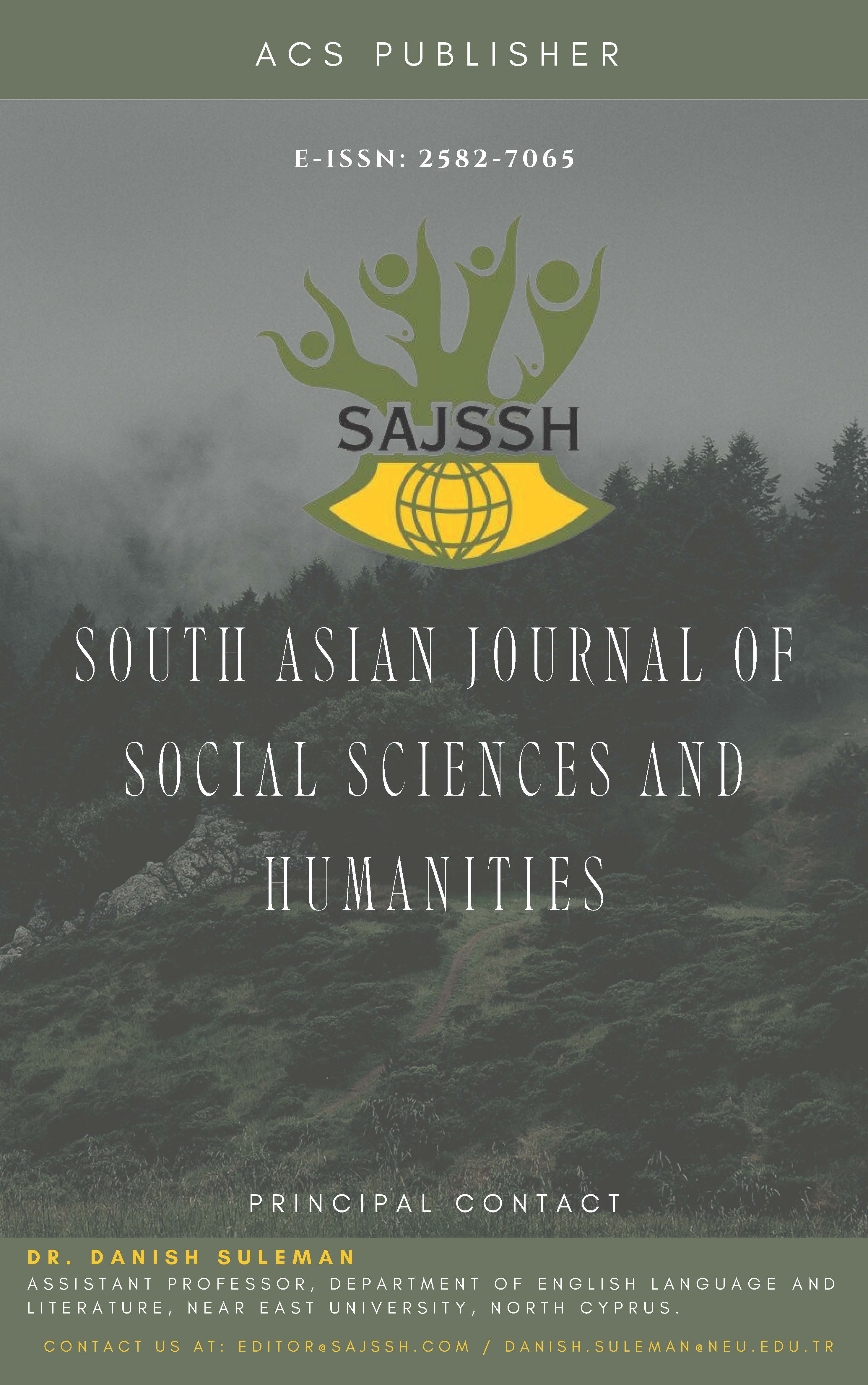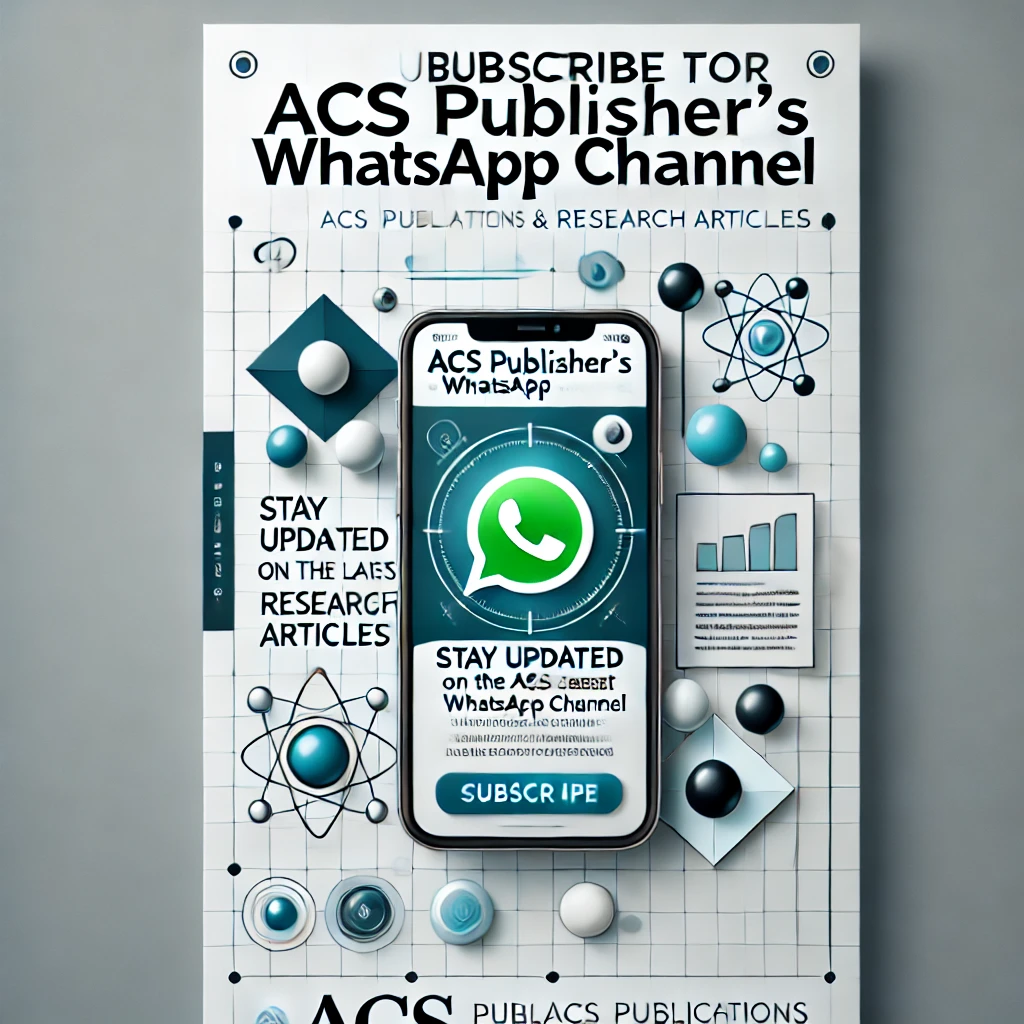Festivals as a Communicative Space in Assam and Arunachal Pradesh Borderland: A Study of Ali-Aye-Ligang and Solung
DOI:
https://doi.org/10.48165/sajssh.2024.6506Keywords:
Intercultural communication, festivals, Borderland relations, Adi and Mishing communities, Cultural performanceAbstract
This study investigates the role of festivals as space for communication that enhance interethnic relationships. By concentrating on the Ali-Aye-Ligang and Solung festivals within the Mishing and Adi communities, it analyzes how cultural expressions and mutual engagement facilitate intercultural dialogue and promote social unity. Employing a qualitative ethnographic methodology, data were collected through interviews and participant observation during the festival cycles of 2023-2024. The analysis illustrates how these festivals function as venues for cultural negotiation. Moreover, the results indicate that festivals serve as grassroots mechanisms for peacebuilding, fostering mutual understanding, and enhancing community resilience in a politically sensitive and ethnically diverse borderland. Rather than being simple celebrations, Ali-Aye-Ligang and Solung emerge as essential communicative actions that transform the borderland into a realm of coexistence and shared cultural identity.
References
Allport, G. W. (1954). The nature of prejudice. Addison-Wesley.
Baud, M., & van Schendel, W. (1997). Toward a comparative history of borderlands. Journal of World History, 8(2), 211–242.
Blumer, H. (1937). Social psychology. In E. M. Schmidt (Ed.), Man and society: A substantive introduction to the social sciences (pp. 144–198). Prentice-Hall.
Borgohain, M. (n.d.). Festivals as social interaction and communicative performance: The text and context of the Phat Bihu.
Byram, M. (1997). Teaching and assessing intercultural communicative competence. Multilingual Matters.
Carey, J. W. (2008). Communication as culture: Essays on media and society (Rev. ed.). Routledge.
Delanty, G. (2012). The transformative power of cultural festivals. Cultural Sociology, 6(3), 321–340. https://doi.org/10.1177/1749975512442535
Donnan, H., & Wilson, T. M. (1999). Borders: Frontiers of identity, nation and state. Berg. Geertz, C. (1973). The interpretation of cultures. Basic Books.
Gudykunst, W. B., & Kim, Y. Y. (2003). Communicating with strangers: An approach to intercultural communication (4th ed.). McGraw-Hill.
Jeon, Y. H. (2004). The application of grounded theory and symbolic interactionism. Scandinavian Journal of Caring Sciences, 18(3), 249–256. https://doi.org/10.1111/j.1471-6712.2004.00287.x
Kimani, J. (2017). The impact of Harambee on social cohesion in Kenyan communities. Journal of African Cultural Studies, 29(2), 245–260. https://doi.org/10.1080/13696815.2017.1288832
Maughan, C., & Bianchini, F. (2014). The social impact of cultural festivals in the UK. Journal of Policy Research in Tourism, Leisure and Events, 6(2), 106–119. https://doi.org/10.1080/19407963.2014.890514
Milliken, P. J., & Schreiber, R. S. (2012). Examining the nexus between grounded theory and symbolic interactionism. International Journal of Qualitative Methods, 11(5), 684– 696. https://doi.org/10.1177/160940691201100508
Moyo, P. (2019). Traditional storytelling and social cohesion in Zimbabwean communities. African Studies Review, 62(4), 689–706. https://doi.org/10.1017/asr.2019.88
Nakamura, K. (2017). The role of tea ceremonies in fostering social cohesion in Japan. Journal of Japanese Studies, 43(1), 123–145. https://doi.org/10.1353/jjs.2017.0004
Nkosi, Z. (2016). Heritage Day and post-apartheid cultural integration in South Africa. African Studies Review, 59(1), 87–103.
Oliveira, R. (2016). The role of Brazil's Carnival in promoting social cohesion and cultural understanding. Latin American Research Review, 51(1), 3–20. https://doi.org/10.25222/larr.1040
DOI: 10.48165/sajssh.2024.6506
Doley & Koijam, 2025 SAJSSH, Vol 6, Issue 5
Oliveira, R. (2021). Cultural festivals and community cohesion in rural Brazil: The case of Festa Junina. Latin American Research Review, 56(2), 347–365. https://doi.org/10.25222/larr.1040
Quinn, B. (2013). Arts festivals, urban tourism, and cultural policy. Journal of Policy Research in Tourism, Leisure and Events, 5(3), 236–254. https://doi.org/10.1080/19407963.2013.776372
Shyllon, F. (2007). Argungu fishing festivals in Northwestern Nigeria: Promoting the idea of a sustainable cultural fest. International Journal of Cultural Property, 14(3), 329–337. https://doi.org/10.1017/S094073910707021X
Silva, M. (2019). The role of Carnival in promoting social cohesion in Brazil. Brazilian Journal of Social Sciences, 34(2), 215–234. https://doi.org/10.1590/1980-85852503880003402
Smith, J. (2018). Community-based cultural festivals in the United States: Enhancing social cohesion and cultural understanding. Journal of Community Psychology, 46(6), 720– 735. https://doi.org/10.1002/jcop.22088
Stoeltje, B. J. (1992). Festival. In R. Bauman (Ed.), Folklore, cultural performances, and popular entertainments (pp. 261–271). Oxford University Press.
Tan, E. (2018). Heritage festivals and social cohesion in Singapore. International Journal of Heritage Studies, 24(4), 377–392. https://doi.org/10.1080/13527258.2017.1378908
Thomas, P. (2019). The Edinburgh Festival Fringe and its impact on cultural understanding and social cohesion. International Journal of Cultural Policy, 25(3), 387–400. https://doi.org/10.1080/10286632.2018.1446168
Thomas, P. (2020). Government policy and cultural understanding in the UK. Journal of Ethnic and Migration Studies, 46(12), 2565–2583. https://doi.org/10.1080/1369183X.2019.1580407
Ting-Toomey, S. (2005). The matrix of face: An updated face-negotiation theory. In W. B. Gudykunst (Ed.), Theorizing about intercultural communication (pp. 71–92). Sage.
Yamaguchi, K. (2015). Matsuri festivals and social cohesion in Japanese communities. Asian Cultural Studies, 14(2), 159–174. https://doi.org/10.1080/21873942.2018.1479841
Yamaguchi, K. (2018). Matsuri festivals and social cohesion in Japanese communities. Asian Cultural Studies, 14(2), 159–174. https://doi.org/10.1080/21873942.2018.1479841
Downloads
Published
Issue
Section
License
Copyright (c) 2025 South Asian Journal of Social Sciences and Humanities

This work is licensed under a Creative Commons Attribution 4.0 International License.





